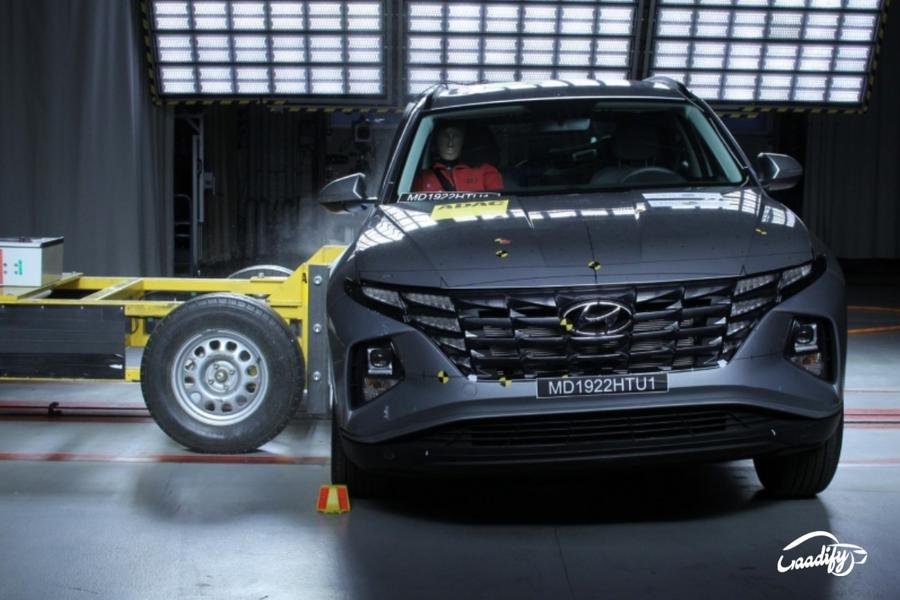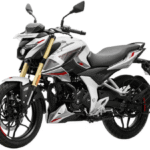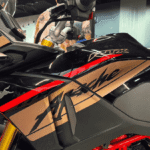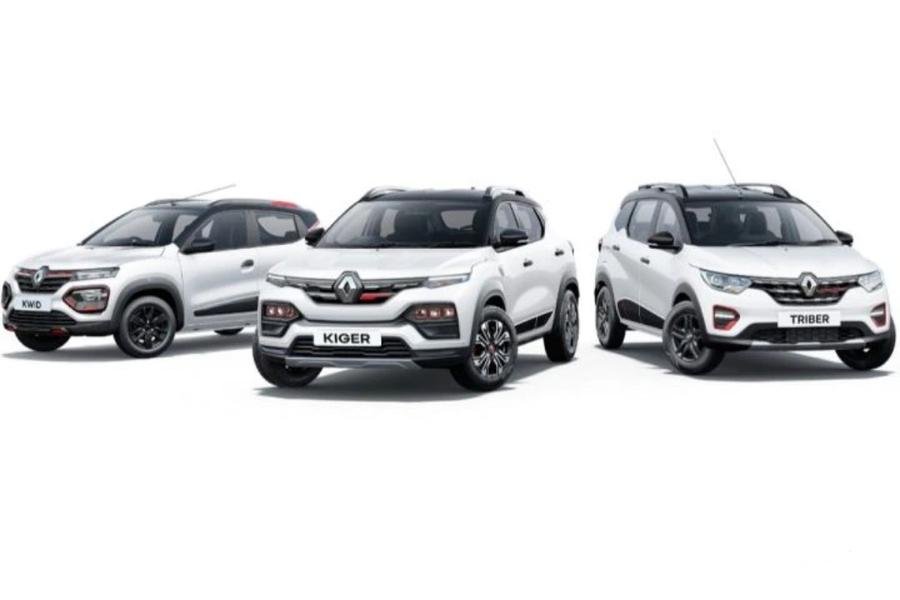Hyundai Motors launched the fourth-gen Tucson in India last month at a starting price of Rs 27.7 lakh (ex-showroom). The SUV was recently crash tested by LATIN NCAP and its 6-airbag version scored just 3 stars in the safety test, whereas its 2-airbag version failed the crash examination.
Hyundai Tucson: Dual-Front Airbag Model Crash Test
- Starting with the dual-airbags variant, it was also having a seatbelt pre-tensioner with load limiter, and ISOFIX child seat anchorages for the rear seats.
- The SUV scored just 50% score for adult occupant protection. During the crash test, the bodyshell & footwell area was rated stable. It offered good protection to the driver & passenger’s head, neck, and chest. However, the driver and passenger’s knees showed marginal protection during frontal impact test. The car also met the rear impact structure requirements.
- It also missed some ADAS features such as automatic emergency braking, lane change warning, and blind spot detection, which are considered essential for high score.
- The SUV secured just 5% score for child occupant protection. Although the child seats’ safety was good according to the agency’s standards, a few CRSs failed to install correctly to the SUV’s ISOFIX mounts, and the markings didn’t meet Latin NCAP standards.
- Pedestrian safety was rated at 48%.
- Since the model sold in Latin America didn’t get stability control, rear seat belt reminders, and active safety features, it only scored 6% in the Safety Assist category.
- It is worth noting that the tested model wasn’t having features like side airbags, electronic stability control (ESC), and co-driver seatbelt reminder, which are standard on the India-spec Tucson.
Also Read: Bharat New Car Assessment Program (NCAP) Crash Test To Roll Out From April 2023
Hyundai Tucson: Six Airbags Model Crash Test
- The crash-tested model was having 6 airbags, a seatbelt pre-tensioner & load limiter, a seatbelt reminder for front passengers, ISOFIX child seat anchorages, ESC, and a speed assist system. Certain ADAS features like auto-emergency braking and lane assist system were optional.
- It scored 82% for adults and 70% for child occpuants safety. The high child occupant protection rating is due to the availability of three-point seatbelts for all rear passenger seats. Also, the marking meets Latin NCAP criteria also for i-size. However, similar to the dual-airbag model, the car wasn’t having a passenger airbag disconnection switch as standard equipment.
- Pedestrian safety and safety assist systems were rated at 48% and 56%, respectively.
Also Read: Hyundai i20 and Creta Scores 3 Stars In Global NCAP Crash Tests
Author’s Take
The Hyundai Tucson has a stable body structure and footwell area, which is extremely important. Also, it provided good protection to both adult and child occupants during the crash test. However, the above results suggest active safety features are essential to prevent collisions in the first place.








